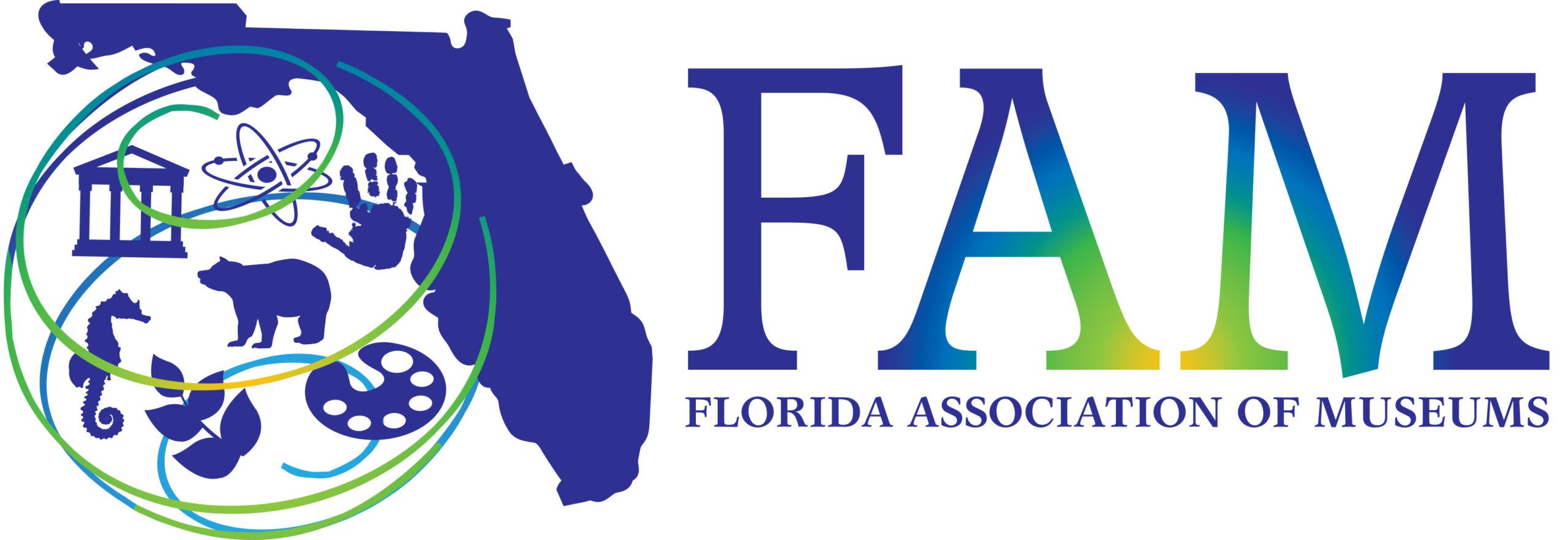Risk Management and Insurance
Risk management and the proper insurance coverage for collections can be a mysterious and elusive subject. If you have a parent organization, they may handle insurance for you and lump you in with other departments or entities whose physical assets are replaceable. In this module, you will see how institutions, with and without parent organizations, handle the issue of risk management. We also discuss the best types of insurance to carry to adequately cover damage to collections.
Webinars
Note: When viewing the webinars a new browser page will open.
Activity
Discussion Questions
When considering risk management of collections, you must first identify risks that could occur at your institution, the severity of those risks, and how those risks can be minimized. Generally speaking, risks are then organized into four major categories:
- Security related: arson, terrorism, theft, or vandalism
- Natural disasters: earthquake, fire, flood, snowfall, high wind, hurricane, extreme temperature, or tornado
- Infrastructure risks: HVAC failure, loss of power, pests, structural issues, water leaks
- Societal related risks: financial mismanagement, loss of funding
Which risks do you think are most likely to happen at your institution? Of the top three risks, can you identify ways to impede damage? For example, hurricane is a high risk in Florida, but having an emergency plan can help to lower the risk factor. Theft by visitors is possible, but using specialized screws to lock cases and hang works of art on the wall can prevent someone from stealing an object.
During the insurance webinar, you heard about many different types of coverage to help compensate for damage to collections. In some organizations, insurance is handled by a colleague with a deep understanding of the irreplaceable value of the collection. In others, insurance is handled by an office that has little direct interaction with collections and with your facility. At your organization, who is involved in insurance? Are they specialists in your collections? Or risk managers for multiple departments where loss is replaceable? In the latter case, how can you open up dialogue to ensure the collections are best covered?
Samples
- Museum of Science & History of Jacksonville (MOSH) – Risk Management and Insurance (.pdf)
- Stranahan House – Risk Management and Insurance (.pdf)
Note: When viewing the samples a new browser page will open.
Online Resources
Chubb, Tailored Solutions for Treasured Institutions
http://www.chubb.com/businesses/cci/chubb12433.pdf
DeWitt Stern, Designing Your Insurance Program
http://www.dewittstern.com/docs/Museum%20Insurance%20Guide%20-%20Generic.pdf
Huntington T. Block, Insurance Checklist for Museums
http://www.museum-sos.org/docs/InsuranceChecklistforMuseums.pdf
